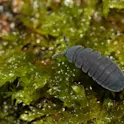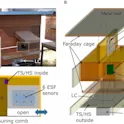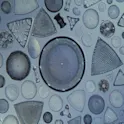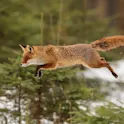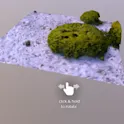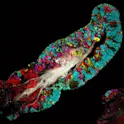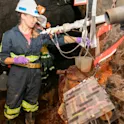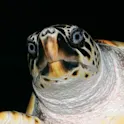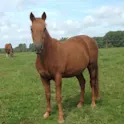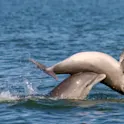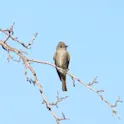
Life sciences
05 May 2021
Majority of bird species in Americas could survive climate change, shows study
By Robert Hanley / Durham University communications team The Arenal Volcano seen from the Monteverde Cloud Forest. Monteverde-Arenal is one of 21 Important Bird and Biodiversity Areas (IBA) in Costa Rica. Credit: Sorin Vacaru Photography / Shutterstock.com Researchers show that the current network of Important Bird and Biodiversity Areas (IBAs) across the Americas should remain able to house the majority of bird species of conservation concern even after climate change. While individual bird species may shift their distribution range, 73% of species of conservation concern are likely to persist in at least half of the IBAs in which they occur, and 90% of species in at least a quarter of their current IBAs. This implies that future conservation efforts in the Caribbean and Central and South America can focus on expanding the current IBA network. A new study, led by Durham University and published in the journal Frontiers in Ecology and Evolution, investigates the impacts of potential climate change scenarios on the network of Important Bird and Biodiversity Areas (IBAs) across the Caribbean, and Central and South America. The research was carried out in collaboration with Senckenberg Biodiversity and Climate Research Centre, BirdLife International and the National Audubon Society. IBAs are […]

